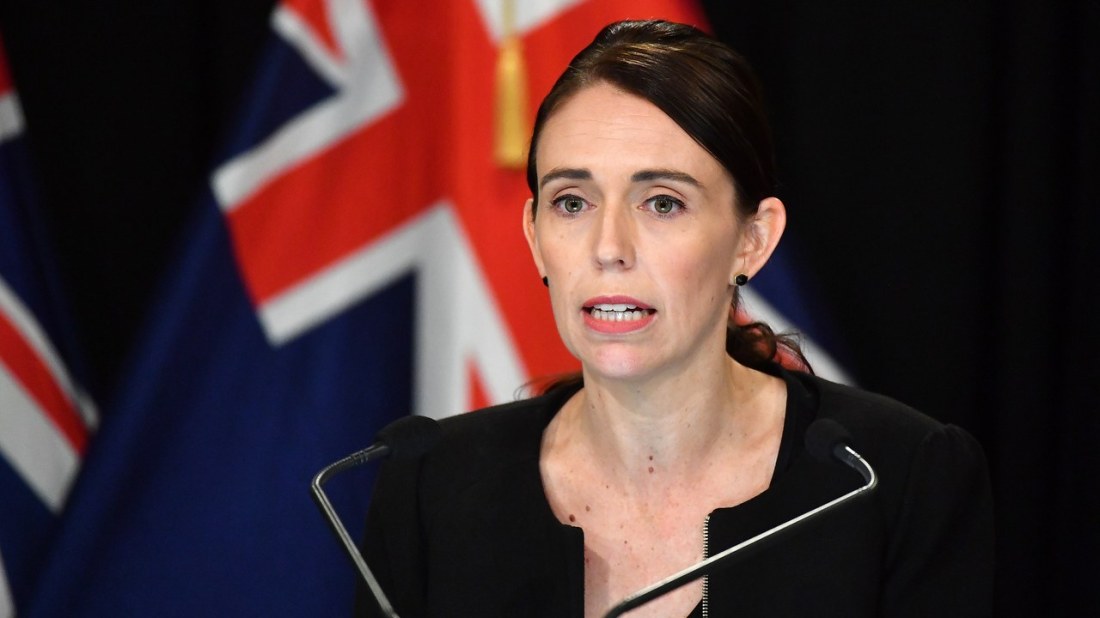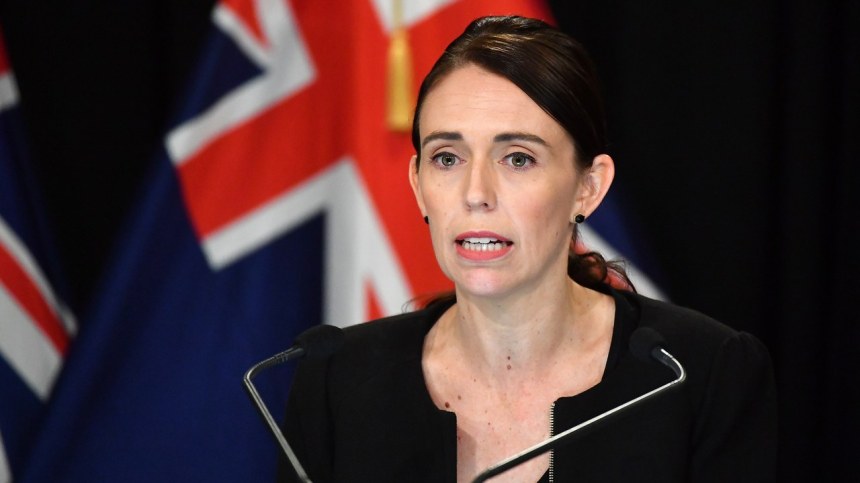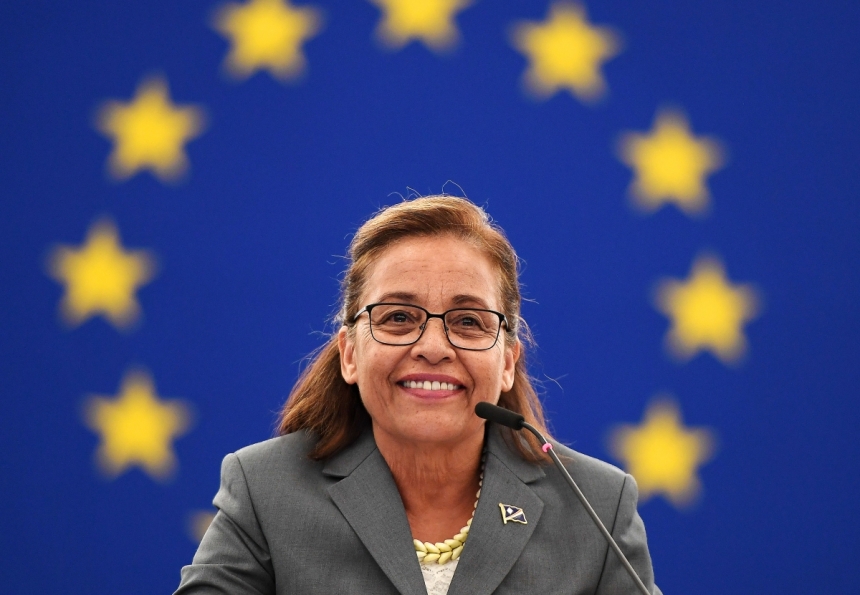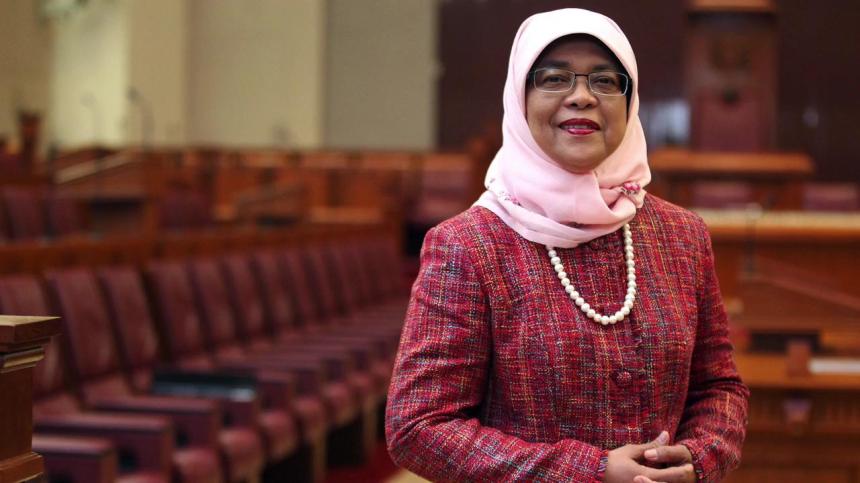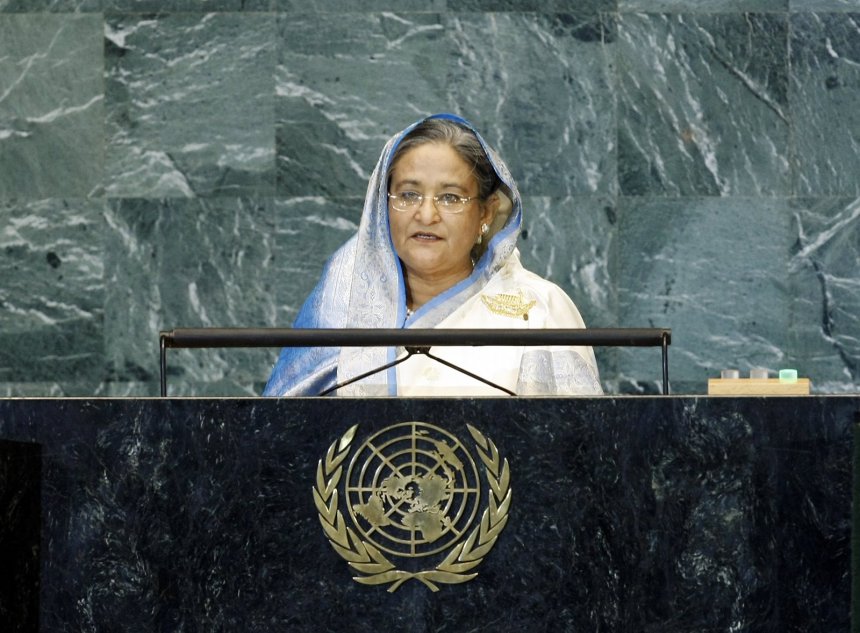New year, new list – there are many female world leaders in the world, and I wanted to compile a list. Many European countries have embraced females for the country’s top positions (Finland just welcomed 34 year old Sanna Marin as Prime Minister!). But in the Asia Pacific region, women world leaders are still a minority force.
Why is this important? Why would the gender of our leaders matter?
Because worldwide there is still a gender gap when it comes to even basic issues such as access to education and adequate healthcare. South Asia still continues to tackle the problems of child brides and domestic violence against women.
Not only that, as women traditionally take on the roles of caretaker for their children, they are the main ones who are imparting their knowledge to the next generation.
Having females in roles of power does not automatically guarantee gender equality in policies, but it is usually a step in the right direction.
Asia
Jacinda Kate Laurell Ardern
Prime Minister, New Zealand
Who is she:
Jacinda Ardern became New Zealand’s 40th Prime Minister in 2017, and is the 3rd female to hold that position. In New Zealand, the Prime Minister is the head of government.
Jacinda is also the world’s 2nd youngest female head of government, as she was 37 years old when she took office (Sanna Marin, the Prime Minister of Finland, holds the title of the world’s youngest female head of government at age 34).
Causes:
With approximately 280,000 children who live in low-income families in New Zealand in 2018, Jacinda aims to halve child poverty by 2028.
Climate change is also another cause on Jacinda’s mind, with the New Zealand Parliament passing the climate change response (zero carbon) amendment bill to reduce carbon emissions to net zero by 2050. New Zealand has also committed to 100 per cent renewable energy generation by 2035.
Early Education/Career:
Jacinda completed her Bachelor of Communication Studies (BCS) in politics and public relations from University of Waikato in 2001.
Political Career:
Jacinda joined the Labour Party when she was 17 years old, due to her aunt Marie Ardern, a Labour Party member. After graduation, she worked as a researcher, then as an advisor in the office of then-Prime Minister Helen Clark. She also worked as an Assistant Director in the Department for Business and Enterprise in London. She returned to New Zealand to join the parliament in 2008, and became the Leader of the Labour Party in August 2017.
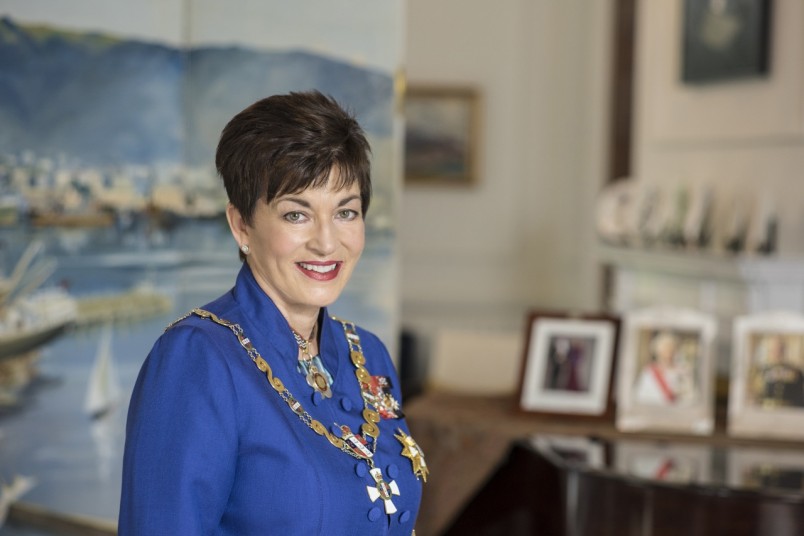
Dame Patricia (Patsy) Reddy
Governor-General, New Zealand
Who is she:
Dame Patricia (or Patsy) became the 21st Governor-General of New Zealand in 2016. She is the third female to hold the position. A Governor-General acts as the Queen’s representative in New Zealand. While it’s largely a ceremonial role, a Governor-General does have reserve powers, such as to dismiss a Prime Minister and to force a dissolution of Parliament and call new elections.
Causes:
Dame Patsy lends her support to arts and music groups, including being a Trustee of the New Zealand International Festival of the Arts and the Symphony Orchestra Foundation. She is also one of the founders of the New Zealand Global Women advocate group.
In 2014 she became a Dame Companion of the New Zealand Order of Merit (DNZM) for her services to the arts and business.
Early Education/Career:
She earned a Bachelor’s Degree in Law in 1976 from Victoria University of Wellington, and a Masters (First Class Honours) in 1979, then joined the Law Faculty as a lecturer. She then joined the law firm Watts and Patterson in 1982, and became their first female partner a year later. She specialized in tax, corporate and film law.
Dame Patsy joined Brierley Investments Ltd in 1987, handling numerous mergers and acquisitions. She left in 1999 when she was a co-founder of Active Equities Ltd, a private investment company.
Political Career:
In 2016, then-Prime Minister John Key recommended Dame Patsy for the role of Governor-General to Queen Elizabeth II. Dame Patsy will serve a five-year term till 2021.
Hilda Heine
President, Marshall Islands
Who is she:
Hilda Heine became the 8th President of the Marshall Islands in 2016, and is also their first female President. The President is the head of state and government of the Marshall Islands, an island country with over 1,000 individual islands and islets.
Causes:
She founded the women’s rights group Women United Together Marshall Islands (WUTMI) in 2000, which advocates for elimination of domestic violence and providing counselling for victims.
Besides gender equality, Hilda is also the Chairperson of the Climate Vulnerable Forum. The Marshall Islands has over a thousand low-lying islands and islets threatened by rising sea levels and extreme weather events such as droughts and floods.
Hilda says, “Around my house, I have had to build a seawall… because there is water coming over from the shoreline.”
Early Education/Career:
Hilda earned a Doctorate in Education from University of Southern California in 2004 and… she is also the first person in the Marshall Islands (population: 53,000+) to earn a doctorate degree!
Hilda previously worked as a teacher, counselor and college President. She was also the Program Director for the Pacific Resources for Education and Learning.
Political Career:
She served as the Secretary of Education in 2012. She was elected president in 2016 after then-president Camren Nemra was ousted by a no confidence vote after 17 days in office.
Halimah Yacob
President, Singapore
Who is she:
Halimah Yacob became Singapore’s 8th President in 2017, and is Singapore’s first female President. In Singapore, the President is the country’s head of state.
Causes:
Halimah champions for social causes, including the elderly and special needs. She is a patron to more than 40 charitable and community organisations, including Special Olympics Singapore, Youth Corp Singapore and Singapore Association of Mental Health.
She also advocates for women and family matters, including pushing for paternity leave and better maternity benefits, and programmes to encourage more mothers to return to work.
Early Education/Career:
She completed a Master of Law degree at NUS in 2001. She worked for the National Trades Union Congress (NTUC) in 1978, becoming the deputy secretary-general in 2007. She also became a director of the Singapore Institute of Labour Studies in 1999.
Political Career:
Halimah entered politics in 2001, becoming the first Malay woman elected into the country’s parliament. She later went on the become Singapore’s first female Speaker of Parliament in 2013, before stepping down from the role in 2017 to run for president.
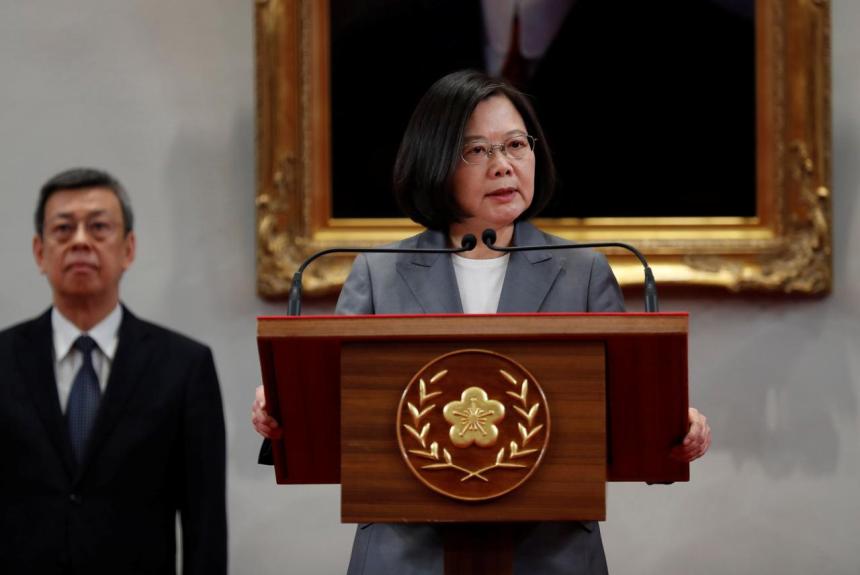
Tsai Ing-wen
President, Taiwan
Who is she:
Tsai Ing-wen became Taiwan’s 7th President in 2016, and is Taiwan’s first female President. Ing-wen is not only the country’s first female president, but also their first president of aboriginal descent and their first unmarried president. A President of Taiwan is the head of state of the Republic of China.
Causes:
She has shone the spotlight on biotech, defense and green energy, aiming for Taiwan to generate 20 percent of their energy from renewable sources by 2025.
Ing-wen supports LGBT rights and endorses same-sex marriage (Taiwan is the first nation in Asia to legalise same-sex marriage), which is rather controversial in conservative Asia. Oh, and she also owns two cats.
Early Education/Career:
She graduated with a PhD in Law from London School of Economics in 1984. She became a law professor, then became a consultant for the Mainland Affairs Council and the National Security Council.
Political Career:
Ing-Wen joined the Democratic Progressive Party in 2004 and was elected as a member-at-large to Taiwan’s national legislature. She resigned her seat in early 2006 when she was appointed vice-premier of Taiwan.
In 2012, Ing-Wen attempted to run for president but lost to Ma Ying-jeou. The second time she ran for president, in 2016, she won.
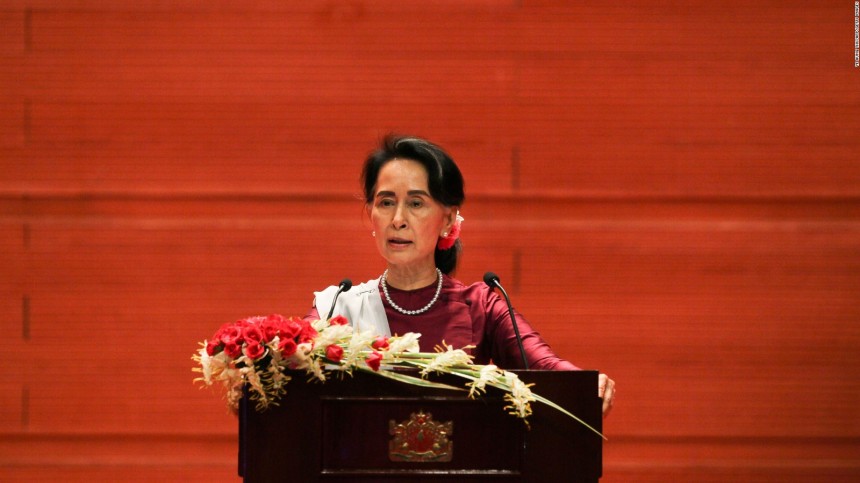
Aung San Suu Kyi
State Counselor, Myanmar
Who is she:
Aung San Suu Kyi became Myanmar’s 1st State Counsellor in 2016. In Myanmar, the State Counsellor is the head of government, equivalent to a Prime Minister.
Causes:
For her dedication in establishing democracy in Myanmar, Suu Kyi received the Thorolf Rafto Memorial Prize and the Sakharov Prize for Freedom of Thought in 1990. She received the prestigious Nobel Peace Prize in 1991.
However, Suu Kyi has been criticised for not doing enough for the Rohingya crisis in 2017, where Myanmar’s army began a genocide against the ethnic minority Rohingya Muslims, forcing hundreds of thousands to flee out of the country to Bangladesh.
Early Education/Career:
Aung San Suu Kyi graduated with a bachelor’s degree in Philosophy, Politics, and Economics from St. Hugh’s College of Oxford Academy in 1967. She studied in Kyoto University in Japan for a year and completed her fellowship at the Indian Institute of Advanced Studies in Shimla, India in 1987.
Political Career:
Her father, Aung San, was a leading military general who orchestrated Burma’s independence from the United Kingdom and raised the Burmese army. Her father was assassinated in 1947, when Suu Kyi was two years old.
The National League for Democracy (NLD) was formed in 1988 with Aung San Suu Kyi as its Secretary-General. She travelled the country and made speeches calling for peaceful democratic reform and free elections.
She said, “I could not as my father’s daughter remain indifferent to all that was going on.”
In 1989, Suu Kyi was placed under house arrest at her home in Rangoon until 1995. She refused offers to be freed, as they came with the condition that she leave Myanmar. From 1995 to 2000, Suu Kyi continued her campaign for a democracy, despite strict monitoring from the military government. She was put back under house arrest in 2000 till 2002, when she tried to travel to the city of Mandalay in defiance of travel restrictions. She was again placed under house arrest in 2003 after clashes between demonstrators.
She won the by-elections in 2012, where she was sworn in as an MP and leader of the opposition. In 2015, the National League for Democracy won a landslide victory in the elections. As Suu Kyi could not become president due to a constitutional restriction barring candidates with foreign spouses or children, the role of State Counsellor was created for her.
Sheikh Hasina Wazed
Prime Minister, Bangladesh
Who is she:
Sheikh Hasina Wazed became the 10th Prime Minister of Bangladesh in 2008, and is also their second female Prime Minister. She first became Prime Minister of Bangladesh from 1996 – 2001, then returned to the seat in 2008 till present. This has made her the longest serving Prime Minister of the country so far. In Bangladesh, the Prime Minister is the head of government.
Causes:
Sheikh Hasina places emphasis on education and women’s rights. In Bangladesh, primary education is compulsory and free for all children, and girls are given stipends and scholarship opportunities till the 12th grade.
Sheikh Hasina received the Mother Teresa Award and the UNESCO Peace Tree Award in 2014 in recognition of her contributions to women’s education.
In 2017, when Rohingya Muslim refugees were fleeing Myanmar due to genocide, 700,000 Rohingya arrived in Bangladesh. Sheikh Hasina provided refuge and assistance and allocated 2,000 acres of land in Bangladesh for them. She did not grant them refugee status and is currently working on their safe repatriation to Myanmar.
Early Education/Career:
Sheikh Hasina graduated from Eden Mohila College, the University of Dhaka in 1973.
Political Career:
Sheikh Hasina began her political career as an understudy lobbyist during her time at Eden College. Her father, Sheikh Mujibur Rahman, was the first president of Bangladesh, which broke away from Pakistan in 1971. When he was assassinated in 1975, Sheikh Hasina was in West Germany, and was not allowed to return to her country.
However she returned in 1981 when she was elected to lead the Awami League Party. She became the Prime Minister for the first time when her party won in 1996.
She lost the elections in 2001, and decided to contest again in 2008 under “Grand Alliance” with Jatiya Party, where she won and become Prime Minister for the second time.
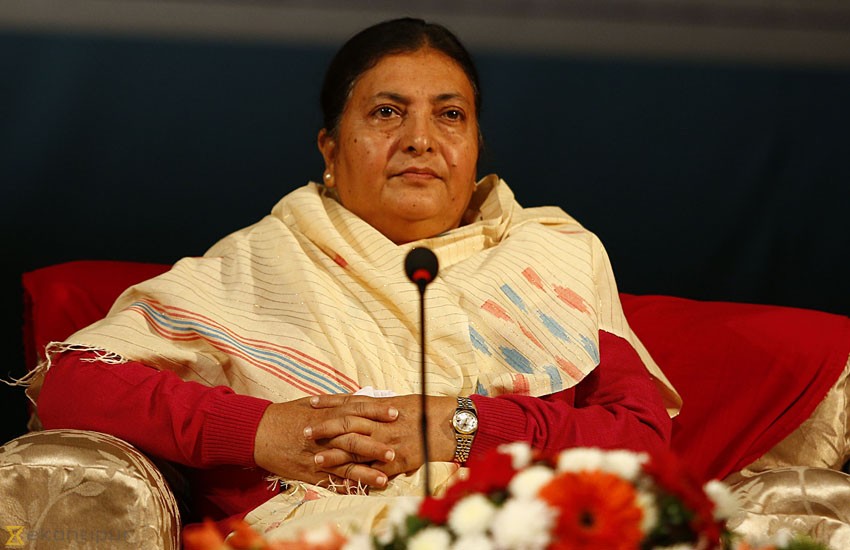
Bidhya Devi Bhandari
President, Nepal
Who is she:
Bidhya Devi Bhandari became the 2nd President of Nepal in 2015, and the country’s first female President. In Nepal, the President is the country’s head of state. According to the Interim Constitution of Nepal, the President is also the Supreme Commander Chief of the Nepal Army.
Causes:
Bidhya joined the All Nepal Women’s Association (ANWA) in 1980, raising her voice against discrimination faced by Nepal’s women and struggling for equal rights for women. She became President of ANWA in 1998. She was one of the politicians who pushed for the constitution to specify that one-third of the members of parliament must be women and either the president or vice-president must be a woman.
However, Bidhya received crtiticism from activists when she supported a provision in the new charter that bars Nepali single mothers and women married to foreigners from passing on citizenship to their children.
Bidhya also campaigns for environmental awareness. In 2017, Bidhya visited the International Union for Conservation of Nature headquarters to discuss opportunities for enhanced collaboration on nature conservation and sustainable development.
Early Education/Career:
Bidhya graduated with a Bachelor of Arts (BA) degree from Mahendra Morang College of Biratnagar.
Political Career:
Bidhya received her membership of the Communist Party of Nepal-Marxist-Leninist (CPN-ML) in 1980. She left politics when she got married to communist leader Madan Kumar Bhandari, but returned to politics when her husband died in a car accident in 1993.
She was elected twice in parliamentary elections in 1994 and 1999 and became the Minister for Environment and Population in the 1997. She led demonstrations against the former King Gyanendra in 2006, ending his authoritarian rule. She also became Nepal’s first female Minister for Defence in 2009.
It took a lot of sifting through to put this list together. I’m working on another one to showcase female world leaders around the world, watch out for that.
